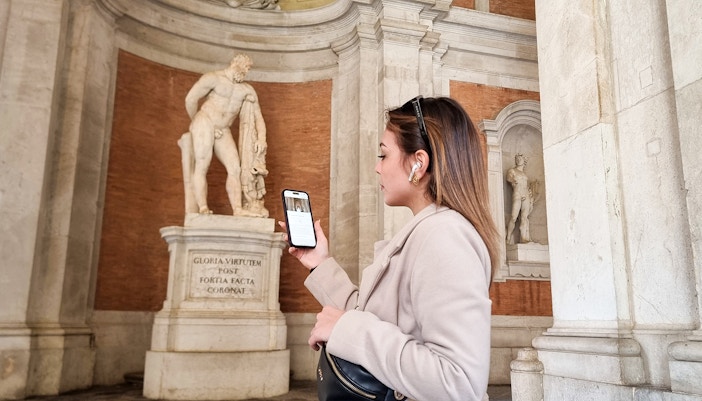- Dimensions: The palace has a rectangular plan, measuring 247 × 184 meters.
- Courtyards: Four inner courts are formed by two orthogonal arms connecting the four sides.
- Floors: There are five floors in total.
- Rooms and windows: The palace boasts 1,200 rooms, including two dozen state apartments, 1,742 windows, 34 staircases, and 1,026 fireplaces. The palace has more than 40 monumental rooms completely decorated with frescoes, surpassing Versailles, which has only 22.
- Volume: It is the largest royal palace resulting from a single original project in the world in terms of volume, with more than 2 million cubic meters (70 million cubic feet).
- Floor space: The total floor space is 138,000 square meters.












